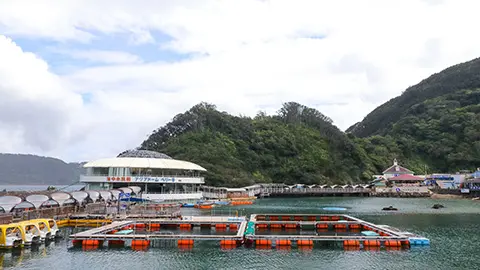VOL.196 SEPTEMBER 2024
JAPAN’S ENJOYABLE PUBLIC AQUARIUMS
World Freshwater Aquarium Aquatotto Gifu, One of the Largest of Its Kind in the World
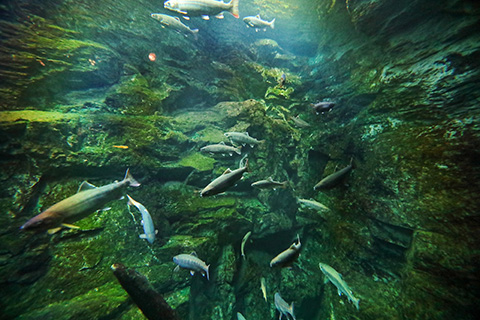
Photo: ISHIZAWA Yoji
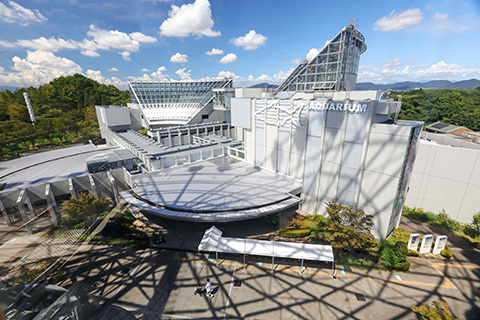
Photo: ISHIZAWA Yoji
World Freshwater Aquarium Aquatotto Gifu specializes in freshwater fish. Visitors can enjoy learning about the local natural environment as well as river environments around the world while thoroughly appreciating the freshwater fish here.

Gifu Prefecture is located roughly in the center of the Japanese archipelago. About 80% of the area is mountainous, with mountains in the northern part rising over 3,000 meters above sea level. The southern part of the region features a plain (Nobi Plain), as well as the Kiso River, the Nagara River, and the Ibi River*, which together are called the Kiso Sansen, or the Three Rivers of Kiso. They flow from the mountains and have fostered a rich ecosystem. This year marks the 20th anniversary of Aquatotto Gifu’s opening in 2004, one of the world's largest freshwater fish aquariums. Located in Kakamigahara City, it mainly features freshwater fish that live in nearby rivers. It is now a popular tourist attraction, visited by about 490,000 people annually. We spoke with TSUTSUKI Takumi, the public relations manager, about the aquarium’s unique features.

Photo: ISHIZAWA Yoji
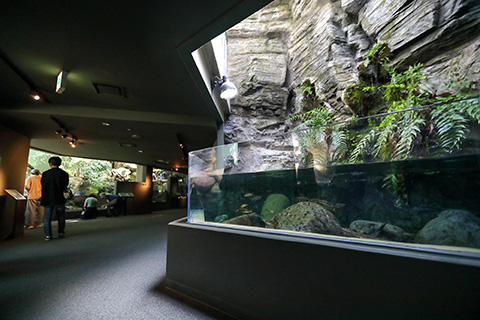
Photo: ISHIZAWA Yoji
“This aquarium specializes in freshwater fish based on the concept of showcasing fish from the headwaters to the mouth of the Nagara River, and freshwater fish from around the world. The aquarium has around 220 species and around 20,000 fish and amphibians on display. The aquarium building is four stories tall. Each floor has a specific location theme and creatures on display. The theme of the fourth floor is the headwaters of the Nagara River, where the natural environment, including forests and waterfalls, has been meticulously recreated, allowing visitors to get up close and personal with small salamanders and other animals. The third floor is designed to look like a river going down from the upper stream of the Nagara River to the middle stream and the mouth of the river, where visitors can view rare species such as dwarf topmouth minnow** (ushimotsugo).
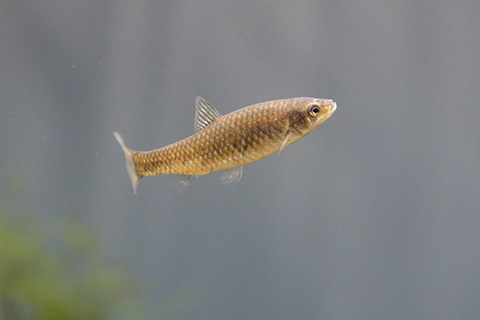
Photo: ISHIZAWA Yoji
On the second and first floors, freshwater fish from rivers around the world are displayed, and in the Mekong River area on the second floor, visitors can see the Mekong giant catfish (mekon oonumazu), one of the largest freshwater fish in the world. In the Amazon River area on the first floor, visitors can see the Arapaima (piraruku), a giant fish that can grow up to 4 meters in length. The Arapaima (piraruku) is believed to have remained unchanged for 100 million years and is considered a living fossil. On the first floor, there are areas where visitors can observe waterfront creatures, including the Giant Tortoise Plaza and Capybara Terrace. There is also the clear-flowing interaction pool where visitors can feed sturgeon (chozame) directly, which is popular with children.”
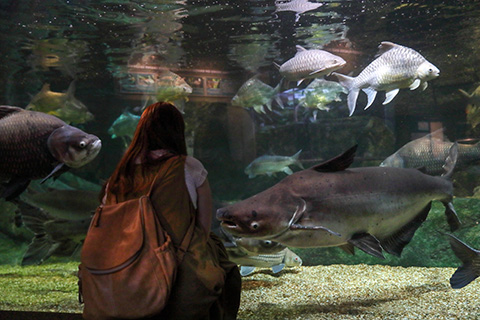
Photo: ISHIZAWA Yoji
In addition, the aquarium is dedicated to the conservation of endangered species.
“Since its opening, the aquarium has steadily promoted conservation activities for endangered species in the region, such as the dwarf topmouth minnow (ushimotsugo) and the deepbody bitterling*** (itasenpara). In recognition of these efforts, the aquarium was certified by the Minister of the Environment in 2018 as the first Aquarium for the Conservation of Rare Species in Japan.”
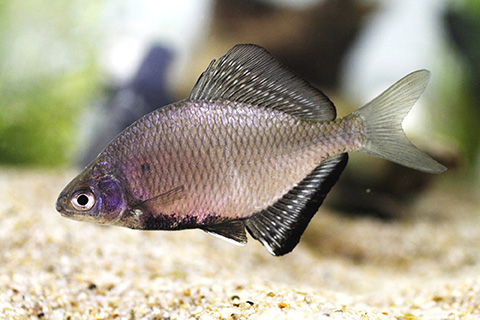
Photo: World Freshwater Aquarium Aquatotto Gifu
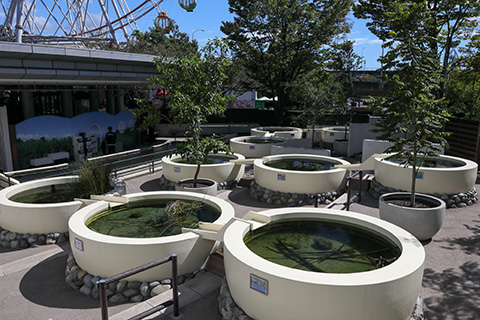
Photo: ISHIZAWA Yoji
TSUTSUKI hopes that visitors from overseas will have the opportunity to experience the aquarium’s exhibition space in its entirety.
“Along with looking at the fish, we hope visitors will feel the richness of Gifu’s natural environment as well as river environments from around the world through the aquarium's exhibits, which partially recreate each area's natural beauty.” If given the opportunity, he hopes tourists will have a chance to visit this freshwater aquarium.
* The Kiso River system, known as the Kiso Sansen and which consists of the three main rivers - the Kiso River, the Nagara River, and the Ibi River - has a drainage area of 9,100 km2, making it one of the largest in Japan. The Kiso River is approximately 229 km long, while the Nagara River is approximately 166 km long, and the Ibi River is approximately 121 km long.
** A freshwater fish of the carp family, Carpidae. It is thought to have been widely distributed in the Nobi Plain, but today it is found only in a few reservoirs and waterways and is feared to be extinct.
*** A freshwater fish of the carp family, Carpidae. It is designated as a national natural monument. It was thought to be extinct in Gifu Prefecture, but by chance, aquarium staff confirmed the species in the Kiso River in 2005 and approached the Ministry of the Environment, which led to conservation efforts.
By MOROHASHI Kumiko
Photo: ISHIZAWA Yoji, World Freshwater Aquarium Aquatotto Gifu
